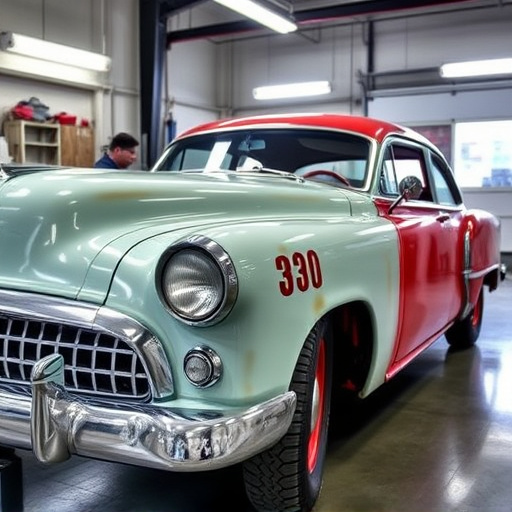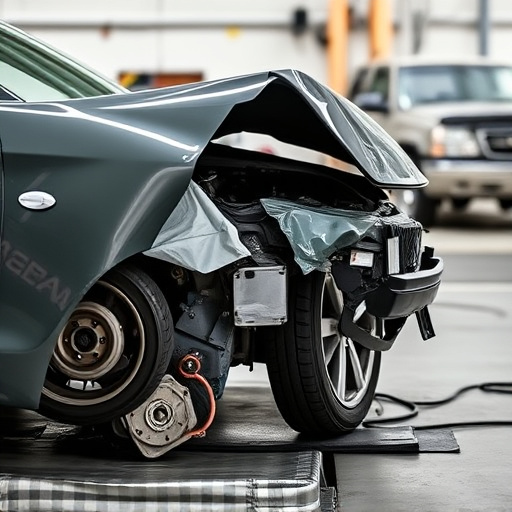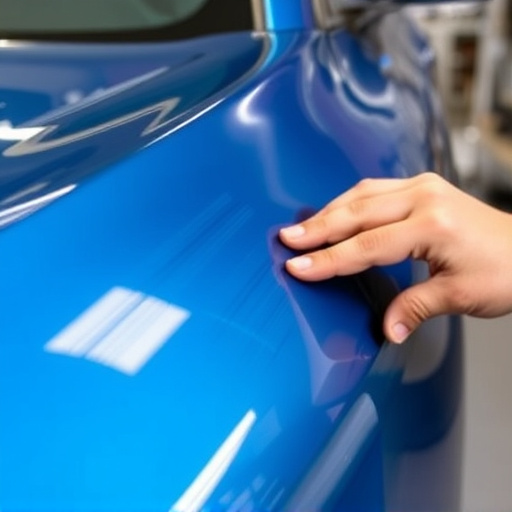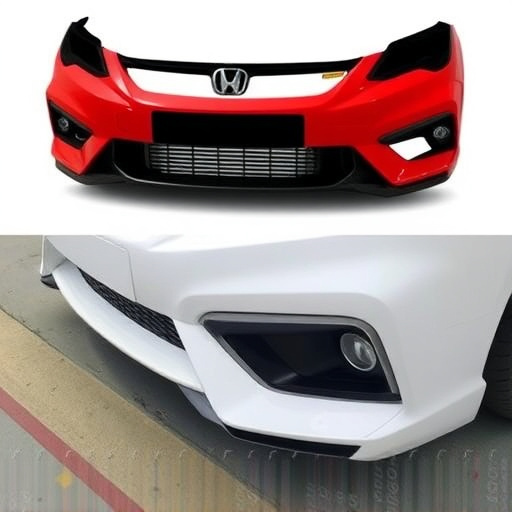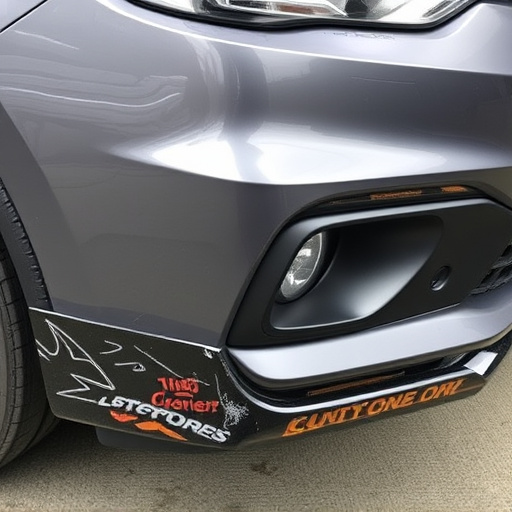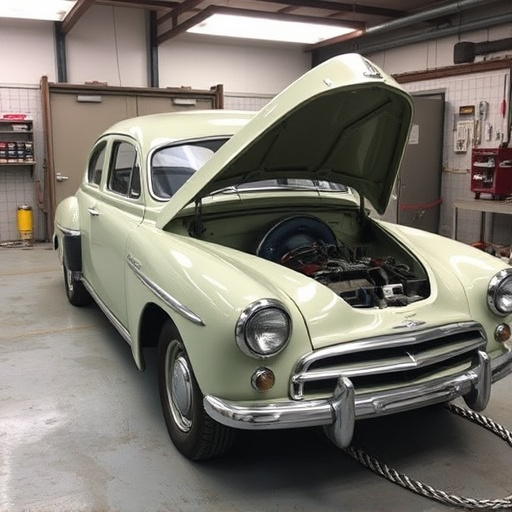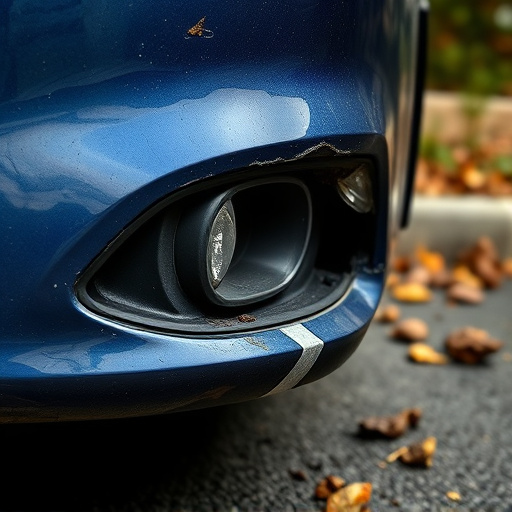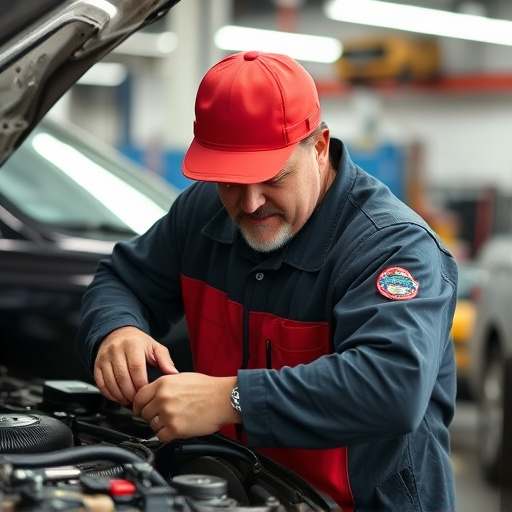Mercedes driver assistance repair requires adherence to Mercedes-Benz Technical Guidelines by skilled technicians using advanced diagnostic tools for accurate issue identification and meticulous quality control measures, ensuring optimal restoration of safety and comfort features specific to Mercedes vehicles.
Mercedes driver assistance repair is a critical aspect of maintaining modern vehicles. This comprehensive guide explores the intricacies of diagnosing and repairing Mercedes driver assistance systems, adhering to stringent Mercedes-Benz technical guidelines. Understanding these advanced features is essential for technicians, as they enhance safety and driving experience. We delve into effective processes, best practices, and key considerations for successful Mercedes driver assistance repair, ensuring optimal vehicle performance and customer satisfaction.
- Understanding Mercedes Driver Assistance Systems
- Diagnosing Repair Issues Following Technical Guidelines
- Effective Repair Processes and Best Practices
Understanding Mercedes Driver Assistance Systems
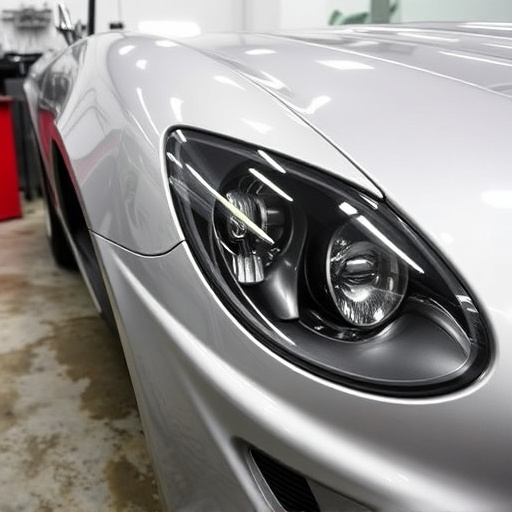
Mercedes driver assistance systems are a suite of advanced technologies designed to enhance safety and make driving more comfortable. These systems include features like Adaptive Cruise Control (ACC), which adjusts your speed to maintain a safe distance from other vehicles, and Active Lane Keeping Assist, which helps steer your car back into its lane if it starts drifting. Understanding these systems is crucial when undertaking Mercedes driver assistance repair.
When repairs are needed, following the Mercedes-Benz Technical Guidelines ensures that these sophisticated features function optimally. This involves a meticulous approach to automotive collision repair or car restoration, as even minor adjustments can affect the overall performance and reliability of the driver assistance systems. An experienced auto body shop understands these intricacies, ensuring that repairs are not just cosmetic but also preserve the advanced technology that makes Mercedes-Benz vehicles stand out on the road.
Diagnosing Repair Issues Following Technical Guidelines

When addressing Mercedes driver assistance repair issues, mechanics must adhere to meticulous technical guidelines set forth by Mercedes-Benz. This systematic approach ensures that every repair is conducted with precision and accuracy, mirroring the high standards of the brand. Following these guidelines allows for a thorough diagnosis, which is crucial in identifying complex problems within advanced driver assistance systems (ADAS).
Mechanics employ specialized tools and diagnostic software to analyze sensor data, camera feeds, and other ADAS components. By comparing these findings with the vehicle’s technical documentation, they can pinpoint specific defects—whether it’s a faulty sensor causing incorrect collision warnings or an out-of-alignment camera affecting lane-keeping assist. This meticulous process goes beyond simple symptom resolution, aiming to restore the Mercedes driver assistance systems to their optimal functioning.
Effective Repair Processes and Best Practices

When it comes to Mercedes driver assistance repair, adhering to effective and best practice processes is paramount. This involves a meticulous approach that aligns with Mercedes-Benz’s stringent technical guidelines. Skilled technicians employ advanced diagnostic tools to pinpoint issues accurately, ensuring precise repairs that restore the vehicle’s safety and performance features to optimal conditions.
Beyond basic functionality, these practices encompass comprehensive quality control measures, including thorough testing of replacement parts and systems integration checks. This holistic approach not only guarantees a reliable Mercedes driver assistance repair but also mirrors the brand’s commitment to excellence in automotive restoration, comparable to that of a seamless vehicle dent repair or auto glass repair.
Mercedes driver assistance repair is a critical aspect of maintaining modern vehicles, ensuring safety and optimal performance. By adhering to the comprehensive Mercedes-Benz technical guidelines, technicians can effectively diagnose and resolve issues within these advanced systems. This structured approach, encompassing proper diagnosis, efficient repair processes, and best practices, allows for the restoration of driver assistance features, enhancing the overall driving experience without compromising safety standards.

